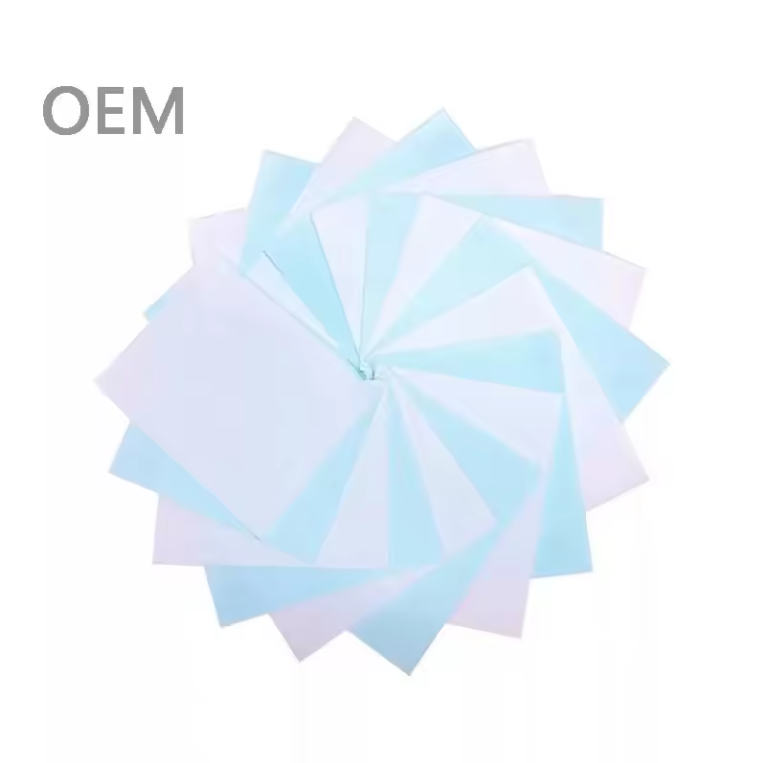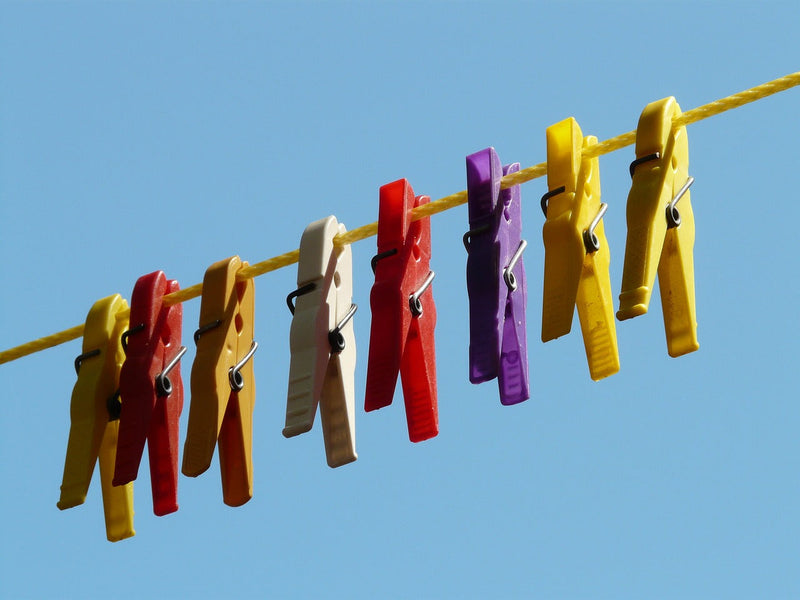Laundry detergents have evolved significantly over the years, with continuous innovations enhancing how we remove stains and care for fabrics. One of the most notable advancements in recent times is the integration of enzymes into laundry detergent sheets. These biological agents break down stains more effectively, making laundry easier and more efficient. But how exactly are enzymes introduced into these convenient sheets? Let’s explore the process in detail.
Why Are Enzymes Used in Laundry Detergents?
Enzymes are naturally occurring catalysts that accelerate chemical reactions, helping to break down different types of stains at a molecular level. Each enzyme is designed to target a specific type of stain, making them a crucial component in high-performance detergents.
Proteases help dissolve protein-based stains like sweat, blood, and food residues.
Lipases break down greasy stains from cooking oils, butter, and skincare products.
Amylases target starch-based stains from foods such as pasta, potatoes, and sauces.
Cellulases work to maintain fabric smoothness by reducing pilling and fiber fuzz.
By incorporating enzymes, detergent sheets deliver a deeper clean while being gentler on fabrics. Additionally, they remain highly effective even in cold water, cutting down on energy consumption and making them an eco-friendly option.

How Are Enzymes Added to Laundry Detergent Sheets?
The process of infusing enzymes into detergent sheets is carefully controlled to ensure stability and efficiency. Here’s how it’s done:
1. Formulating the Detergent Blend
The first step involves creating a well-balanced detergent formula that includes surfactants, stabilizers, and other cleaning agents alongside the enzymes. This blend must be carefully designed to keep the enzymes stable both during storage and in use.
2. Selecting and Preparing Enzymes
The enzymes used in laundry detergent sheets are typically derived from bacterial or fungal fermentation. After fermentation, they go through purification processes to ensure they are potent and stable enough to withstand the manufacturing and storage conditions.
3. Mixing the Ingredients
To ensure uniform enzyme distribution, the detergent formulation is mixed under precisely controlled conditions. Advanced mixing equipment helps maintain the integrity of the enzymes while preventing degradation before they are applied to the detergent sheets.
4. Creating the Detergent Sheets
Once the detergent solution is ready, it is evenly applied to a water-soluble base material, forming thin detergent sheets. This process requires careful moisture control to prevent enzymes from breaking down prematurely.
5. Drying and Curing
The sheets then undergo a controlled drying phase, which removes excess moisture while preserving enzyme activity. Some manufacturers also apply a curing process to further enhance the sheets’ durability and performance.
6. Quality Control and Testing
Before packaging, each batch is subjected to rigorous quality control checks to ensure the enzymes remain active and the detergent sheets dissolve properly in water. This testing ensures that consumers receive a consistently effective product.

The Advantages of Enzyme-Infused Detergent Sheets:
Enzyme-enhanced detergent sheets offer several key benefits that make them stand out from traditional liquid or powder detergents:
✅ Superior Stain Removal – Enzymes effectively break down stubborn stains, making it easier to remove them without harsh scrubbing or high temperatures.
✅ Eco-Friendly and Energy Efficient – Since they work well in cold water, enzyme-based sheets help reduce household energy consumption while minimizing environmental impact.
✅ Gentle on Fabrics – Cellulase enzymes help maintain fabric integrity, reducing pilling and keeping clothes looking new for longer.
✅ Convenient and Waste-Free – The pre-measured, lightweight sheets eliminate spills, excess detergent use, and unnecessary plastic waste.

Final Thoughts
The addition of enzymes to laundry detergent sheets marks a major innovation in sustainable cleaning. By carefully selecting and stabilizing these powerful biological agents, manufacturers are able to produce a detergent that is not only highly effective at stain removal but also environmentally friendly and easy to use.
For those looking to simplify their laundry routine while making a greener choice, enzyme-based detergent sheets are a great alternative to traditional detergents. As research and technology continue to advance, we can expect even more improvements in how enzymes contribute to fabric care.
Looking for more eco-friendly cleaning solutions? Follow us for more strategies of business.



















